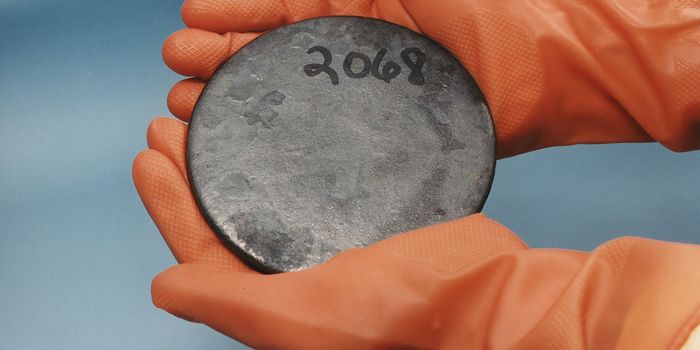Scientists Create Eco-Friendly Transparent Wood
The creation of low-cost and low-energy building materials is increasingly important due to recent surges in economic development and household energy consumption. Fortunately, scientists have been working to create an eco-friendly building material, and it seems that transparent wood may be the future of green construction. This transparent wood transmits light and absorbs and releases heat, saving on energy costs. The research team presented their results last week at the American Chemistry Society’s National Meeting and Expo in Orlando, Florida.
Why wood? Celine Montanari, a researcher on the project, told Newsweek that “wood is a renewable and abundant material that has been used for centuries as building material…it has many advantages, including excellent mechanical performance, low density, and excellent thermal insulation properties.”
In 2016, the research team first developed the transparent wood by removing the light-absorbing lignin component from balsa wood, creating a more porous cell wall. They then added acrylic to create transparency. The result was the transparency they desired, and the wood could bear heavy loads.
More recently, the research team desired to improve the performance of the wood and give it insulative properties. To achieve this, the team added polyethylene glycol (PEG) to the wood, in addition to acrylic. The result was as desired—transparent, strong, and heat-storing wood. PEG melts when it reaches 80 degrees Fahrenheit, storing energy in the process. As Montanari explained to PHYS.org reporters, “during a sunny day, the material will absorb heat before it reaches an indoor space, and then indoors will be cooler than outside.” Then at night, the PEG will solidify and release heat indoors.
Dr. Lars Berglund, the team’s lead investigator, noted that “the PEG and woods are both bio-based and biodegradable,” making the product easier to dispose of adding to its eco-friendly properties. Also, the transparent wood reduces household energy-use by decreasing the need for artificial lighting, and cooling and heating homes.
Can the research team scale-up production to make transparent wood available commercially? That is the next phase of this project, but they estimate that transparent wood could be available in as few as five years.








